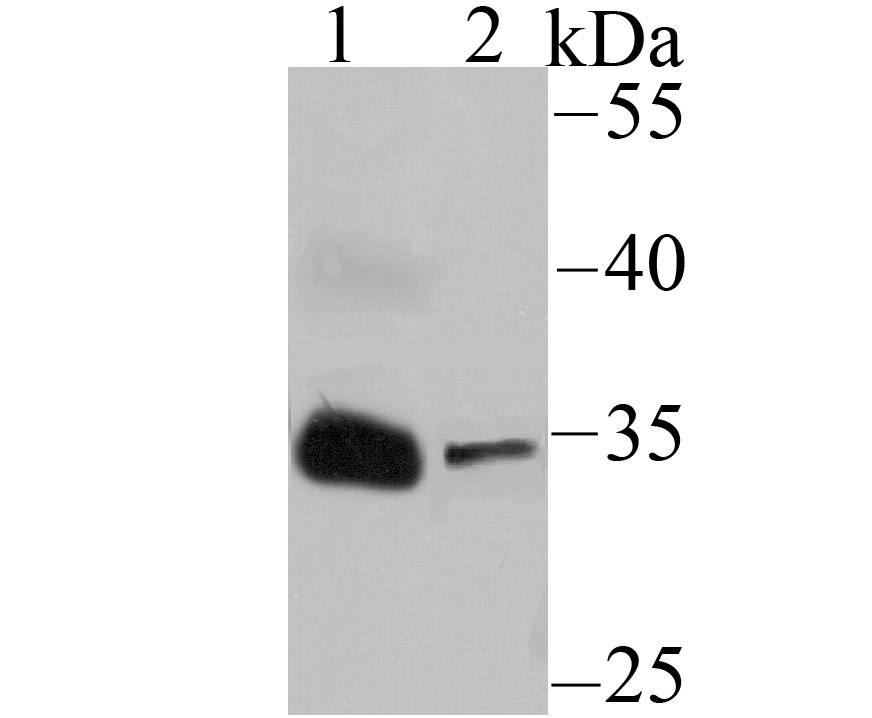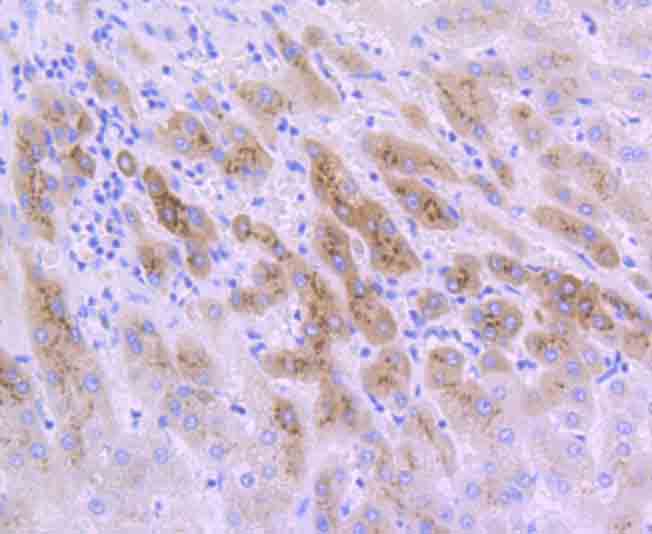The Insulin-like growth factor-binding proteins (IGFBPs), a family of homologous proteins that have co-evolved with the IGFs, serve not only as shuttle molecules for the soluble IGFs, but also confer a level of regulation to the IGF signaling system. Physical association of the IGFBPs with IGF influences the bio-availability of the growth factors, and their concentration and distribution in the extracellular environment. The IGFBPs also appear to have biological activity independent of the IGFs. Seven IGFBPs have been described, each differing in their tissue distribution, half-lives and modulation of IGF interactions with their receptors. IGFBP1 is negatively regulated by Insulin production. The IGFBP1 gene is expressed at a high level during fetal liver development and in response to nutritional changes and diabetes. IGFBP2, which may function as a chaperone, escorting IGFs to their target tissues, is expressed in several human tissues including fetal eye and fetal brain.


